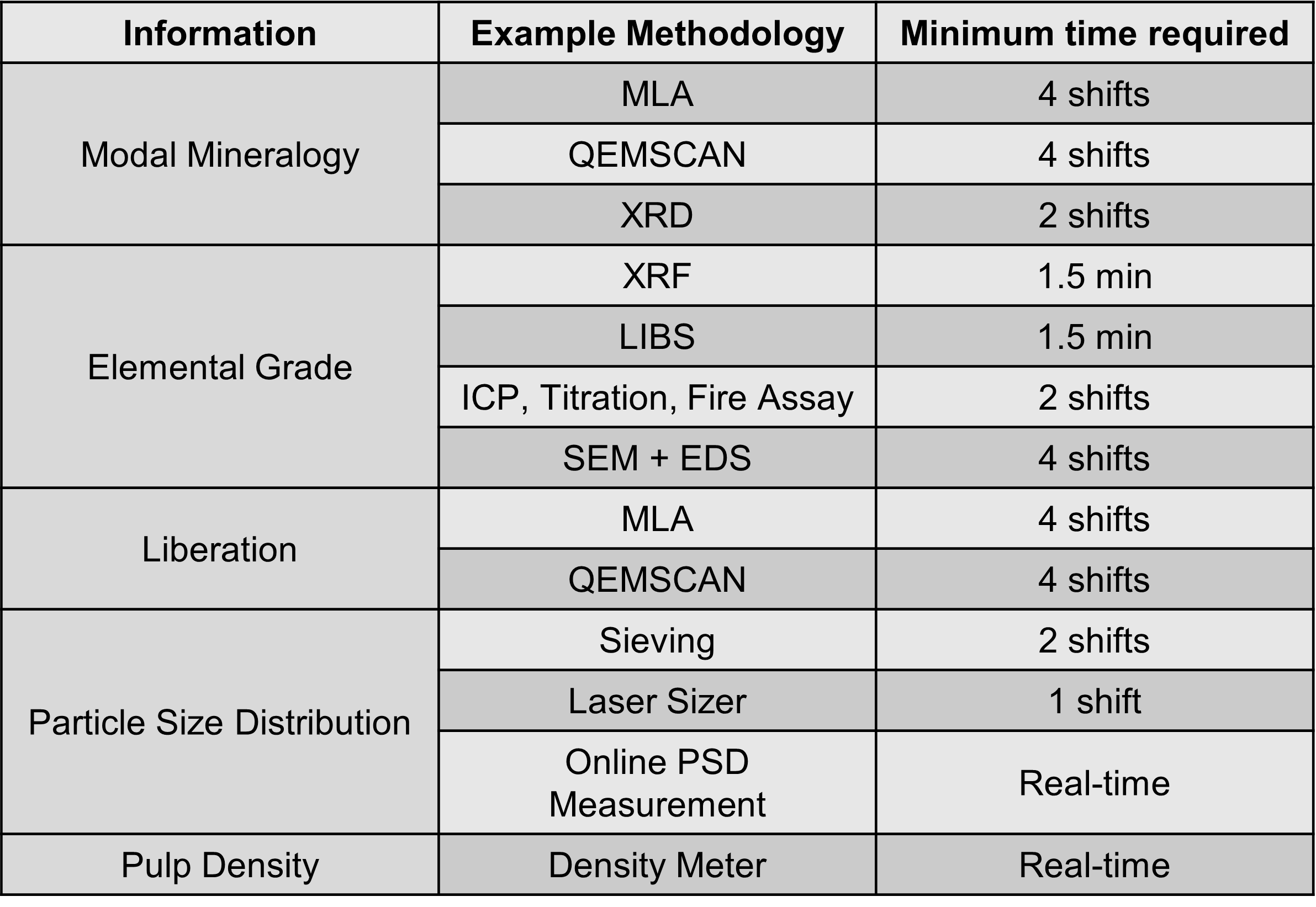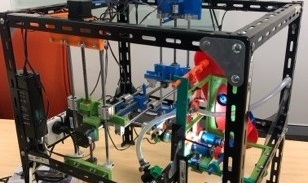Mineralogy: The Next Challenge
Conventional wisdom says that separation recovery
is a function of feed grade, but it is minerals that are floated, not elements. For
simple deposits grade was a “proxy” for
recovery but today mines need to understand mineralogy to optimise recovery.
For any separation process,
mineralogy dictates the optimal operational conditions which impacts the separation
efficiency.
However, with current technologies, mineralogy and liberation analysis generally
require at least one shift to measure.

Because ore has already been processed the system cannot be optimized according
to the ore characteristics.
This significantly impacts the resulting recovery and grade.


